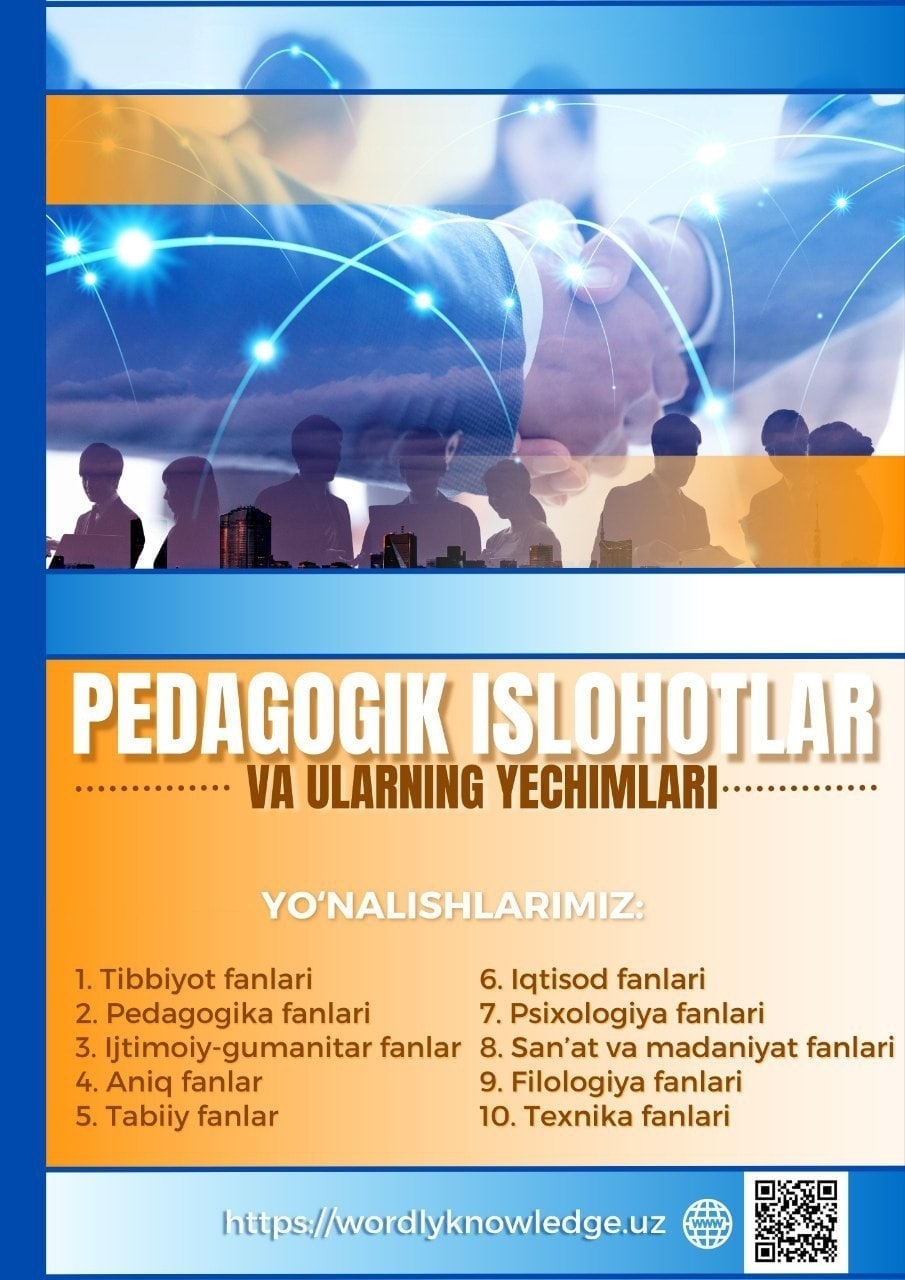THE INFLUENCE OF SOCIOECONOMIC FACTORS ON LANGUAGE LEARNING OPPORTUNITIES
Keywords:
socioeconomic factors, language learning, educational access, cultural capital, parental involvement, community influence, multilingualism.Abstract
This article explores the multifaceted influence of socioeconomic factors on language learning opportunities and outcomes. Socioeconomic status (SES) significantly impacts access to educational resources, parental involvement, community environments, and career-related language needs. These factors collectively shape an individual's ability to acquire new languages and benefit from linguistic skills. High SES provides access to private tutoring, immersion programs, and cultural experiences, while low SES often limits exposure to such opportunities due to financial and social constraints. This article concludes by emphasizing the need for equitable language learning resources to ensure inclusivity and equal opportunity for all learners.
References
1.Garcia, M., & Fernandez, L. (2018). Socioeconomic Disparities in Language Education: A Global Perspective. Language and Society Journal, 15(2), 101–120.
2.Kim, H., Park, J., & Lee, S. (2021). The Role of Economic Resources in Career-Oriented Language Learning: A Case Study in South Korea. Journal of Language and Career Development, 12(1), 45–67.
3.Lee, J. (2020). Parental Involvement in Early Language Acquisition: A Socioeconomic Analysis. Journal of Education and Linguistics, 18(3), 78–96.
4.Smith, R., & Johnson, K. (2019). Community Dynamics and Language Acquisition: The Role of Diversity in Linguistic Exposure. Urban Education Quarterly, 24(4), 229–245.
5.Williams, T. (2017). Digital Divide and Language Learning: How Technology Access Shapes Linguistic Proficiency. Education and Technology Review, 9(1), 13–29.
6.Brown, P. & Adler, R. (2018). Cultural Capital and Multilingualism: The Impact of Social Networks on Language Acquisition. International Journal of Sociolinguistics, 22(2), 145–164.
7.McAllister, G., & Taylor, H. (2019). Economic Barriers to Language Learning: A Quantitative Study of Resource Allocation in Low-Income Schools. Journal of Educational Inequalities, 10(3), 56–72.
8.Nakamura, Y. (2020). Workplace Linguistic Demands and Access to Language Learning: A Socioeconomic Analysis. Journal of Professional Linguistics, 7(1), 99–114.
9.Ortiz, C., & Ramirez, A. (2021). Immersion vs. Classroom Learning: How Community Environments Influence Language Proficiency. Journal of Bilingual Education, 14(5), 301–319.

